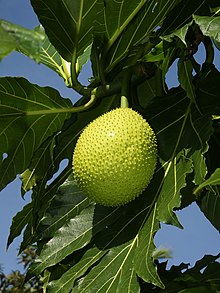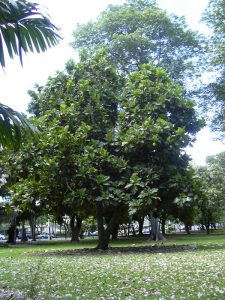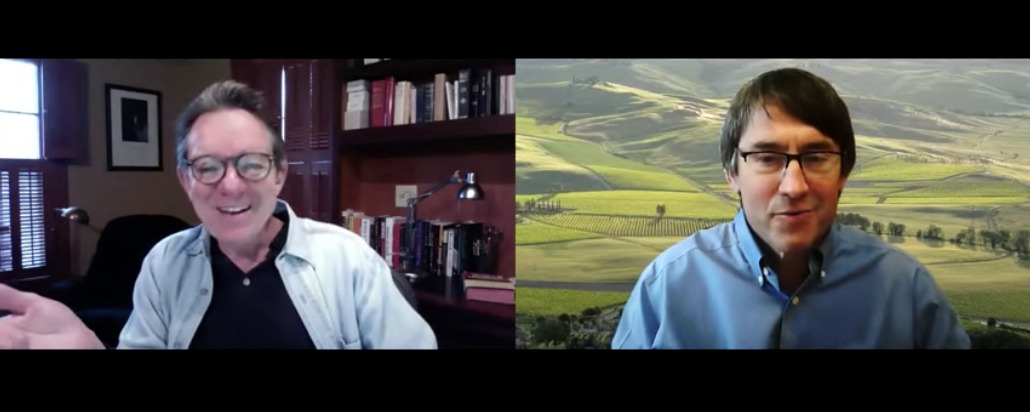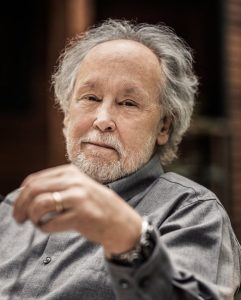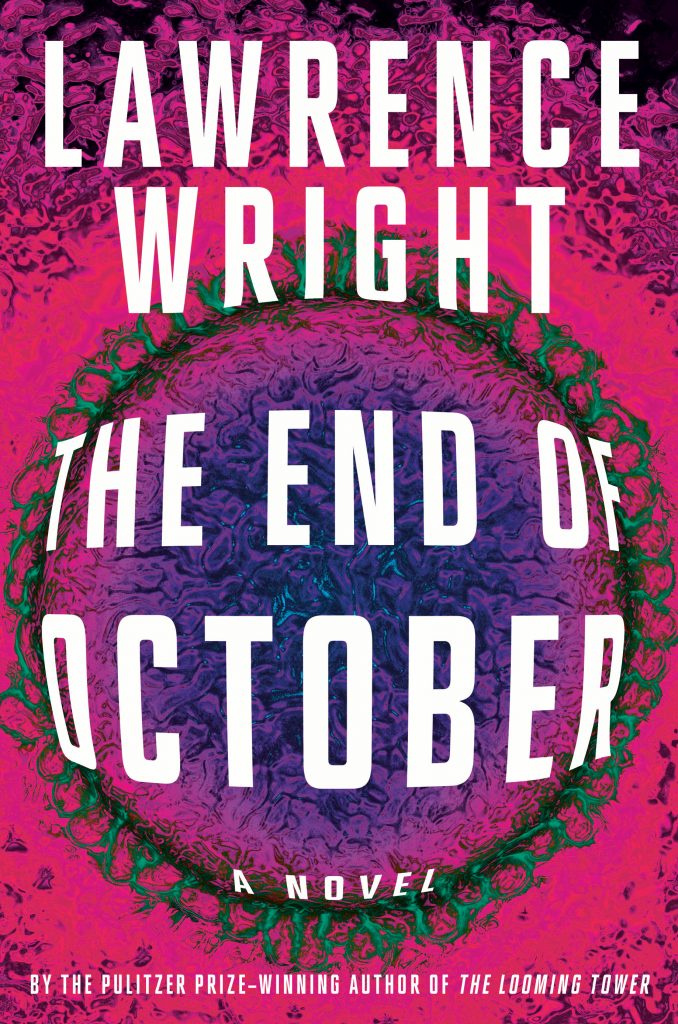

By Nicholas O’Connell
Talk about prescient. Lawrence Wright’s new novel, The End of October, appeared in April, 2020, right as COVID-19 exploded across the U.S. and world. A medical thriller, the novel tells the story of a fictional pandemic caused by a mysterious new virus, Kongoli, which spreads like wildfire, threating to bring the world to its knees. Written by the Pulitzer Prize-winner and best-selling author, Lawrence Wright, it tells the tale through the eyes of Dr. Henry Parsons, a microbiologist and epidemiologist, who travels to an internment camp in Indonesia where 47 people have died from acute hemorrhagic fever.
Like few others, Parsons understands the magnitude of the potential pandemic. Working on behalf of the World Health Organization, he wracks his brain to figure out how to combat the virus. By choosing a main character like Parsons, Wright is able to explain virology in all its complexity. Like his previous book, The Looming Tower, the novel displays amazingly skilled reporting, yielding surprising observations: “For Henry, the most surprising feature of viruses was that they were a guiding force behind evolution. If the infected organism survived, it sometimes retained a portion of the viral material in its own genome. The legacy of ancient infections might be found in as much as 8 percent of the human genome, including the genes that controlled memory formation, the immune system, and cognitive development. We wouldn’t be who we are without them.”
As readers follow Henry’s attempts to stop the virus, we learn fascinating lessons about viruses, including Kongoli, and COVID-19 the current scourge.
Despite Parson’s best efforts, he fails to prevent an infected Indonesian man, Bambang Idris, from joining the annual Muslim Hajj to Mecca. Wright describes the man’s journey in rich, colorful, and terrifying detail, as the Bambang unwittingly infects millions of others. The novel throws into relief the varieties of global cultures, from Muslim Saudi Arabia to contemporary United States, and how the virus infects all of them.
As the pandemic rages, Parsons seeks to return to his family in the United States. He hitches a ride on a nuclear submarine to head back to the U.S. Predictably, the pandemic erupts in the close quarters of the vessel. Using his wits and expertise, he discovers an important breakthrough about the virus.
By the time he returns home, American civilization is collapsing. The novel paints a credibly dystopian picture of the destruction such a virus might cause. Though characters like the Parsons’ wife Jill are insufficiently sketched and some of the dialogue is stilted, overall, the novel is a riveting page turner that warns what our future might look like if we don’t get COVID-19 under control.
Nicholas O’Connell is the founder of The Writer’s Workshop, a creative writing program that teaches writing classes.
 The Writer's Workshop
The Writer's Workshop 
